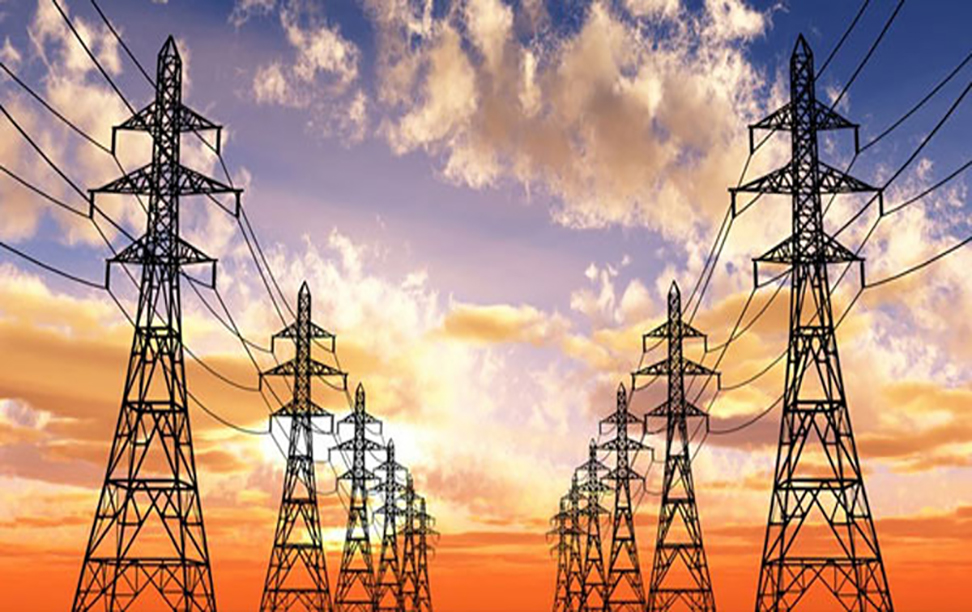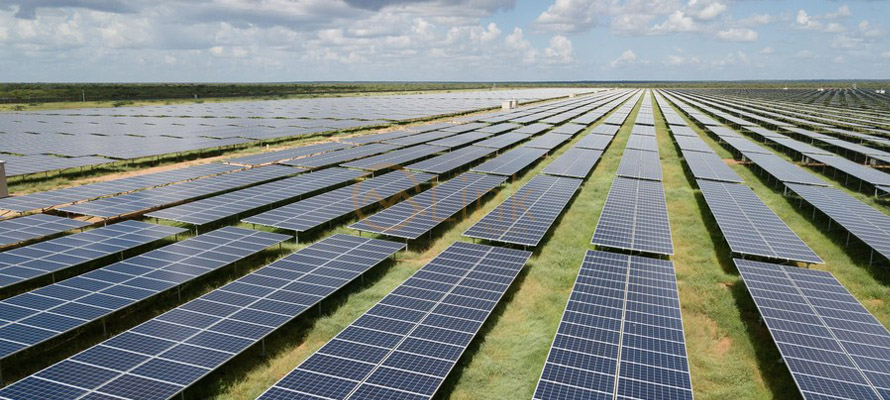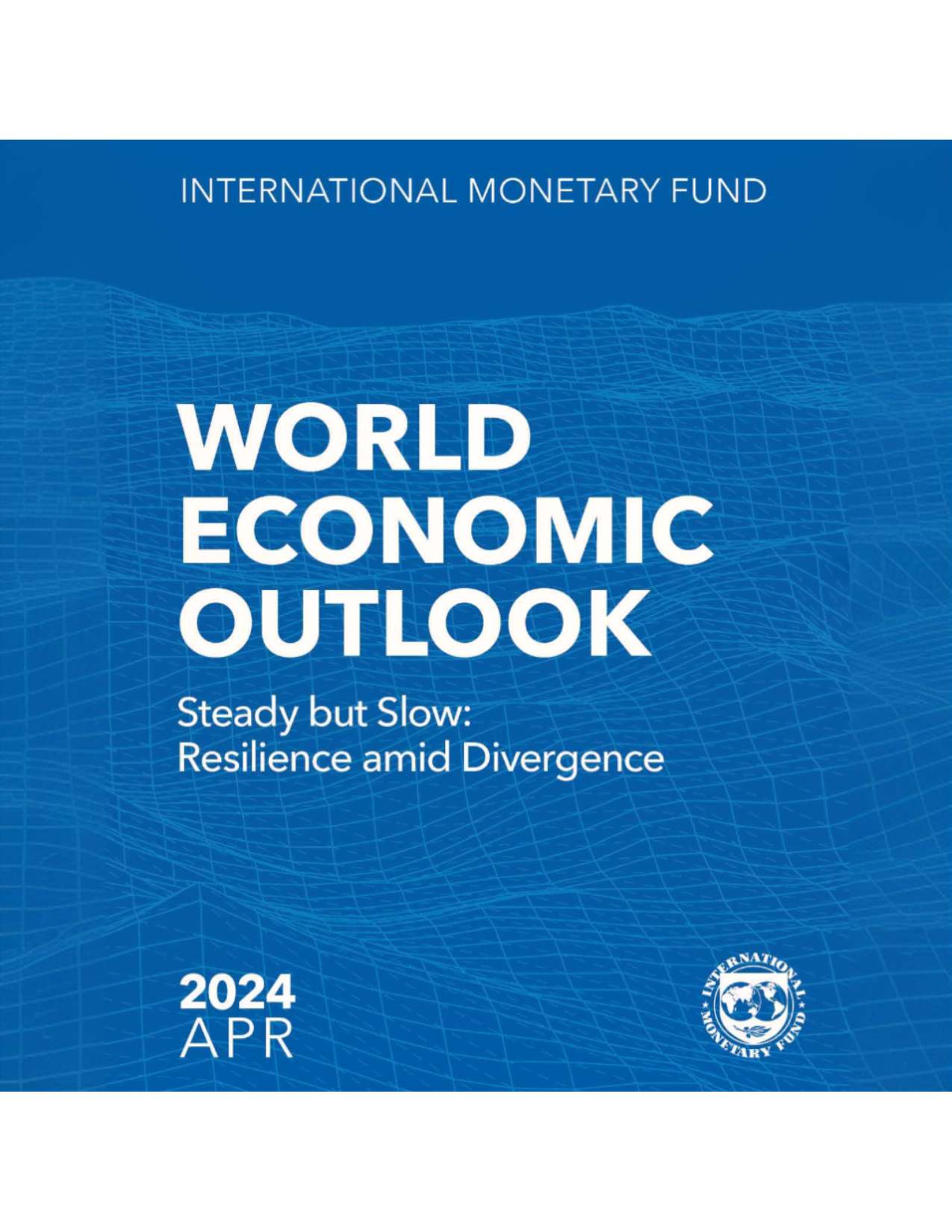In a report titled “Dynamics of Pakistan’s Trade Balance with China”, State Bank of Pakistan staff members’ Mr. Junaid Kamal and Manzoor Hussain Malik have carried out an in-depth analysis of Pakistan and China’s relations in the historic context as well as its future outlook.
The report tracks the historical context of bilateral relations between the two countries. Pakistan and China entered into trade relations in 1950s and have signed numerous trade deals since then. However, the first formal trade agreement was signed between the partners in 1963. The relations took a more formal and serious turn after establishment of Pakistan-China Joint Committee in 1982, which aimed at facilitating trade and technology.
The relationship took back seat for the next two decades, as Pakistan entered into a US led war against Russia in Afghanistan, the two countries – US and Pakistan – got cozier. However, the things changed dramatically as the world entered into 21st Century. The relationship witnessed a fresh start In May of 2001, when Pakistan and China signed six Memorandum of Understandings (MoUs) in 2001, established cooperation on Gwadar Seaport in 2002 and signed seven agreements in areas of Trade, Communication and Energy in 2004.
With these agreements, the relations between the countries took a new turn, with the geopolitical developments taking place in the region – US led coalition wars in Afghanistan and Iraq – both the countries were determined to form a strategic link in order to safeguard their regional interests. China-Pakistan, in the truest sense of International (Economic) Relations entered into multitude of treaties amongst each other and took the relationship to a strong footing. In May, 2005 a total of 21 agreements and MoUs were signed ranging from defense, energy, infrastructure, social sector etc. between the two neighbors. As a consequence, bilateral trade between the two nations went from US $1.07 Billion in 1997 to US $4.26 billion in 2005.
That was merely the beginning of relations between the two countries. On January 1st, 2006 China – Pak entered into an agreement of “Early Harvest Programme”. The purpose of this step was to establish a free trade area, as both the countries opened their markets to each other on items of significant commercial interests.
Today, CPEC is considered to be the game changer not only for the two countries but for the entire region. The project is a planned network of roads, railways and energy projects which is aimed to link Pakistan’s Gwadar Port to China’s Xinjiang province. In return for helping Pakistan get out of her energy shortages, China gets an alternative sea route in return via Gwadar which passes directly through Straits of Malacca.
Due to these numerous agreements, Pakistan’s volume of bilateral trade expanded and reached US $ 13.8 billion in Fiscal Year 2016, up from US $ 2.2 billion in Fiscal Year 2005. The trade balance has been skewed in China’s favor ever since both the countries entered into trade agreements. Comparing the trade between the two, Pakistan’s exports to China increased from US $ 0.4 million in FY 05 to $1.7 billion in FY 16. Against this, China’s exports to Pakistan have grown at an unprecedented rate, reaching from US $ 1.8 billion in FY 05 to US $ 13.9 billion during the same period. The rise in the Chinese exports to Pakistan has been a result of many factors; rise in need for machinery and equipment in the wake of development activities, diversion of imports from other countries to China, increase in local demand for raw material and high demand for cheap goods.
China is second largest export destination for Pakistan, with more than 7 percent share of total exports, China is second only to Untied States which accounts for 16.7 percent of Pakistan’s Total Exports. Pakistan’s exports to China are mainly from Agricultural Sector; Rice and Cotton account for 75 percent of Pakistan’s total Exports to China.
Pakistan’s total exports to China increased from US $358 million in 2006 to US $968 million in 2016.
Pakistan’s Rice exports to China witnessed a steep increase in 2012, when share of Pakistan’s Rice Exports went up from 1.3 percent in 2011 to 24.4 percent in 2012.
Strong domestic demand and low international prices helped Pakistan increase her share of Rice exports to China since then. Apart from these, major exports to China include ores, ash and slag, fish, raw hides and skin etc.
On the other hand, Pakistan’s imports from China have been seconded by none. Pakistan imports largest percentage of goods from China, more than 29 percent of the entire imports come from China. The imports mainly include; electrical equipment, high-tech machinery, nuclear reactors, iron & steel, organic chemicals, manmade filaments etc. To put the number in context, more than half of Pakistan’s electronic and machinery imports come from China.
Despite the trade balance being skewed in China’s favor, Pakistan has also taken advantage from the Free Trade Agreements. Low Cost Machinery has helped Pakistan’s local industry upgrade its technology, especially in the cement and textile sectors. Cheap raw materials and equipment help the local production process in textile sectors, fertilizer machineries, and cranes and heavy transport materials for the booming construction sector. In addition to help the industrial sector, the Chinese retail imports have significantly improved the retail sector of the country. The low cost imports have benefited the local retail industry tremendously, not just the shopping centers but vendors residing in far flung remote corners of the country have also taken advantage of the low cost Chinese imports.
On the flip side, with increasing imports from china, Pakistan’s local industries and SMEs have become the major losers of these trade deals. The economy of scale operations in China have decreased the cost of production which has become impossible to compete with for Pakistani local manufacturing sector. Ceramics, electric machinery and equipment, chipboard and a number of small scale have also been affected immensely due to low cost imports from China.
There is an immense potential for the two countries going forward into the future. Pakistan especially needs to identify opportunities in the Chinese markets in order increase her exports. Agriculture sector in this regard holds huge potential especially for Pakistan. As China suffers from the decline of irrigable land and lack of domestic agriculture, Pakistan can take advantage and improve trade footprint with the country. China’s demand for agricultural produce is mainly satiated from South Asian countries, mainly Pakistan, Vietnam, India and Thailand. It is worth a mention here that, Pakistan is the top supplier of Cotton Yarn to China. After Thailand raised tariff on rice exports, Pakistan took the advantage and increase her share of Rice Exports to China emerging as the second largest supplier of Rice to China after Vietnam.
Conclusively, the two countries have huge untapped potential to be exploited in areas of commerce, agriculture, social development, infrastructure and trade. With the agreement of CPEC in place, Pakistan is appropriately seated to make the most out of it. With wise and consistent policies, both the countries can augment their share of trade not only between each other but in the entire world. Pakistan and China are home to two of the most populous countries in the world, future holds a huge potential for both countries to take advantage of the geo strategic location of Gwadar Port and turn the CPEC agreement into a regional hub for trade.







